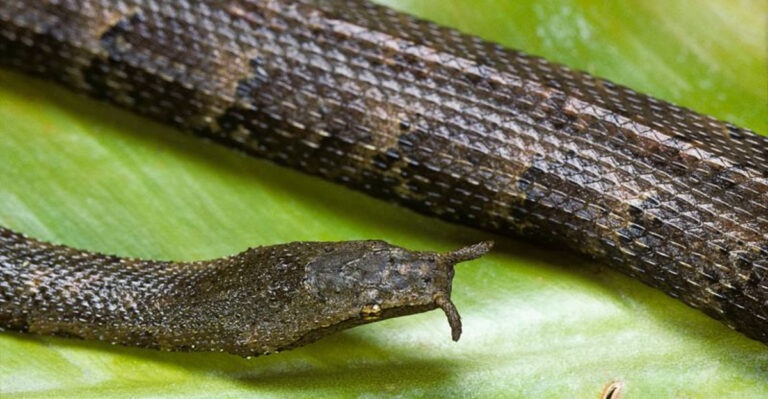12 Capybara Hotspots In South America You Don’t Want To Miss
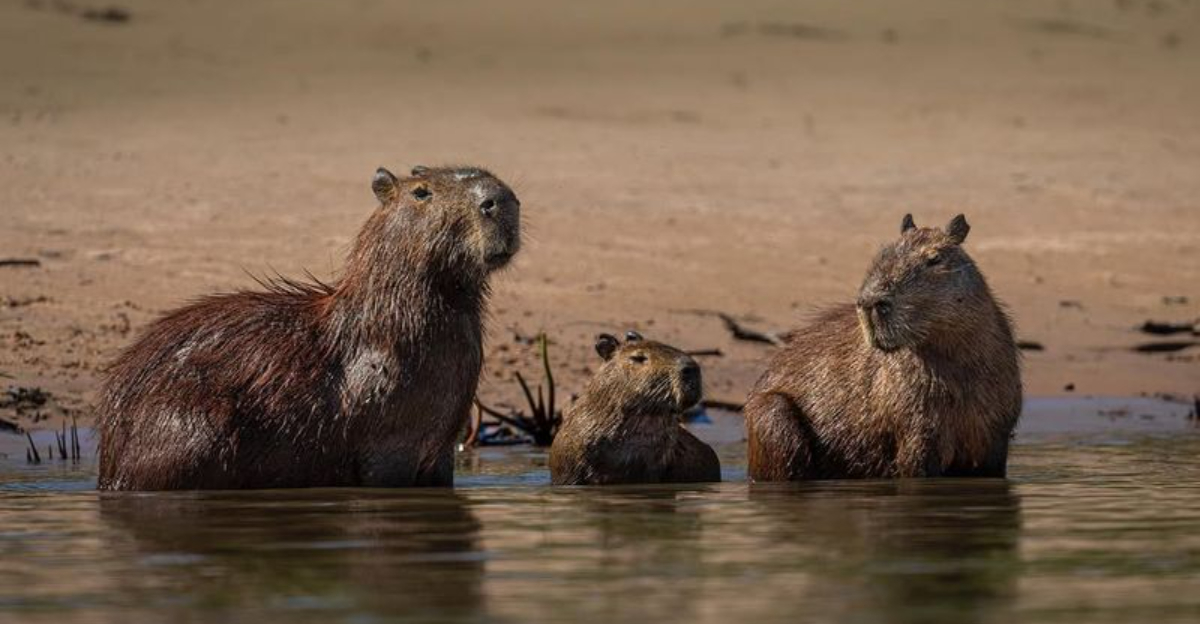
South America is a haven for wildlife enthusiasts, especially those interested in capybaras. These gentle giants, the largest rodents in the world, thrive in the continent’s diverse ecosystems. From lush wetlands to riverbanks, capybara hotspots are plentiful throughout South America.
Each spot offers a distinct experience, showcasing the capybara’s adaptability and the region’s natural beauty. Whether you’re an avid birdwatcher, a nature lover, or simply curious, these destinations provide remarkable opportunities for observing capybaras in their natural habitats.
1. Iguaçu National Park, Brazil/Argentina
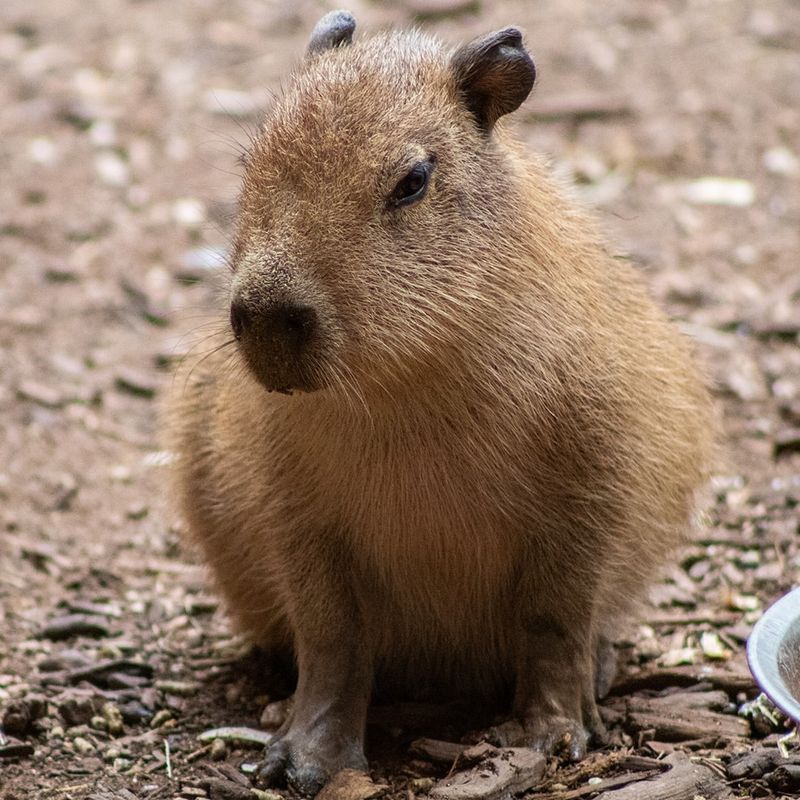
Straddling the border between Brazil and Argentina, Iguaçu National Park is famous for its majestic waterfalls. Yet, it’s also an excellent spot to observe capybara.
The park’s diverse ecosystem provides a rich habitat for these creatures. Alongside the roaring falls, capybaras can often be found near the riverbanks, munching on vegetation.
Wildlife tours offer a chance to see capybaras and other animals like coatis and birds. The harmonious coexistence of these species adds to the park’s appeal, making it a must-visit for nature lovers.
2. Mato Grosso, Brazil
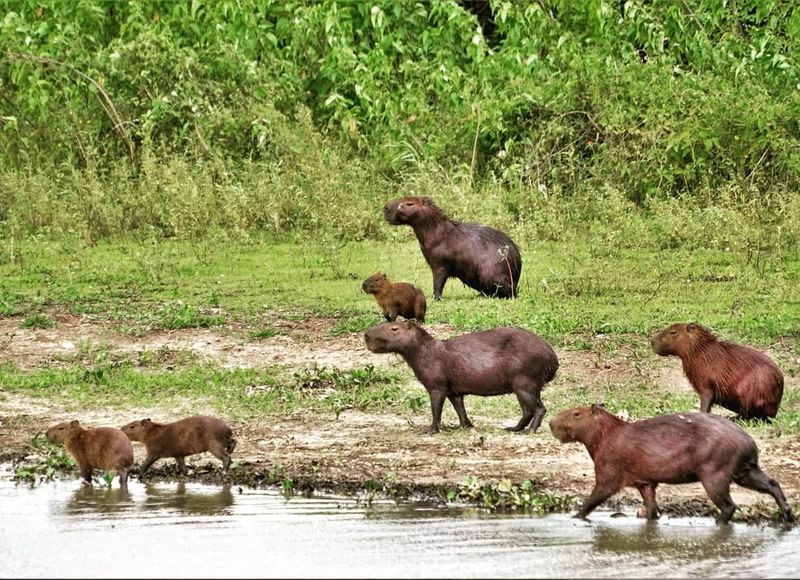
Mato Grosso, a region in Brazil, boasts a rich tapestry of wetlands and biodiversity. Known for its natural beauty, it’s a significant destination for capybara sightings.
These rodents are commonly found along the riverbanks and marshes, basking in the sun or grazing on the abundant vegetation. The region’s climate and terrain offer ideal conditions for their proliferation.
Travelers can embark on eco-tours to explore the varied habitats of Mato Grosso. These guided experiences showcase the intricate balance of nature, highlighting capybaras among other native wildlife.
3. Pantanal, Brazil
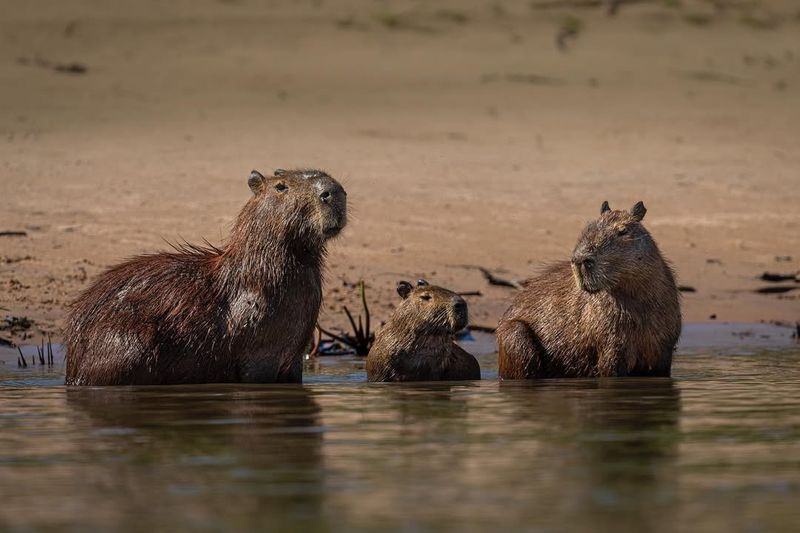
The Pantanal in Brazil offers a mesmerizing experience for capybara enthusiasts. This expansive wetland spans approximately 75,000 square miles, making it the world’s largest tropical wetland.
Known for its stunning biodiversity, the Pantanal is home to thousands of wildlife species. Capybaras thrive here, often seen in large groups swimming or lounging near water bodies.
Visitors can explore the Pantanal through guided tours, ensuring a safe and informative experience. The best time to visit is during the dry season from May to October, when wildlife, including capybaras, congregates near water.
4. Chaco, Paraguay
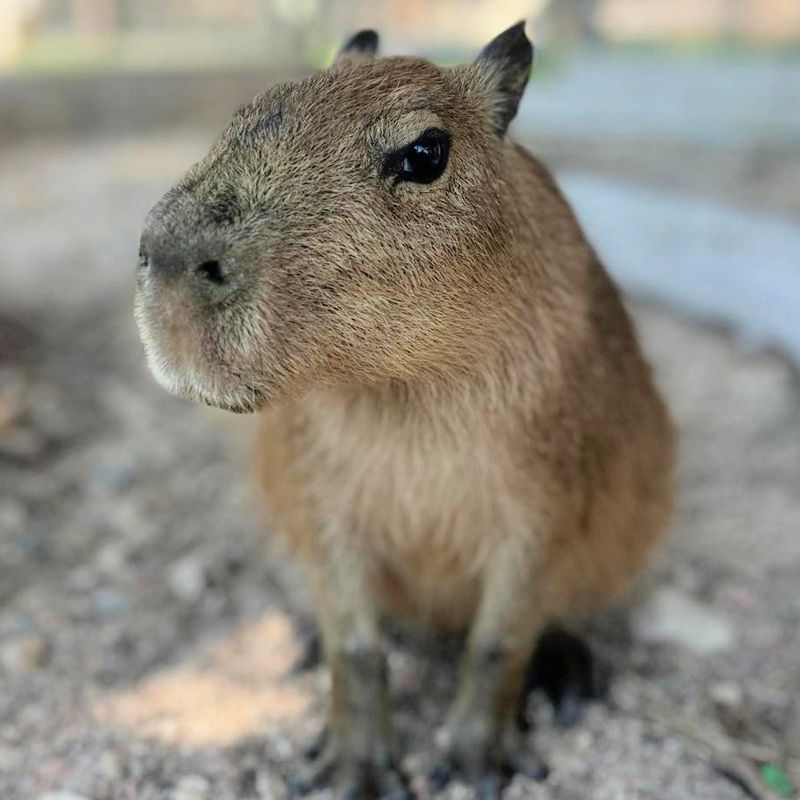
The Chaco region of Paraguay is a lowland area bustling with wildlife, including numerous capybara colonies. Its riverbanks and wetlands serve as ideal environments for these animals.
Capybaras in Chaco are often seen in herds, enjoying the cool waters or hidden among the surrounding foliage. Their presence indicates a healthy ecosystem.
Visitors to Chaco can take advantage of guided wildlife tours, which provide insights into the local flora and fauna. These tours offer a deeper appreciation of the natural world and the role capybaras play within it.
5. Gran Chaco, Argentina
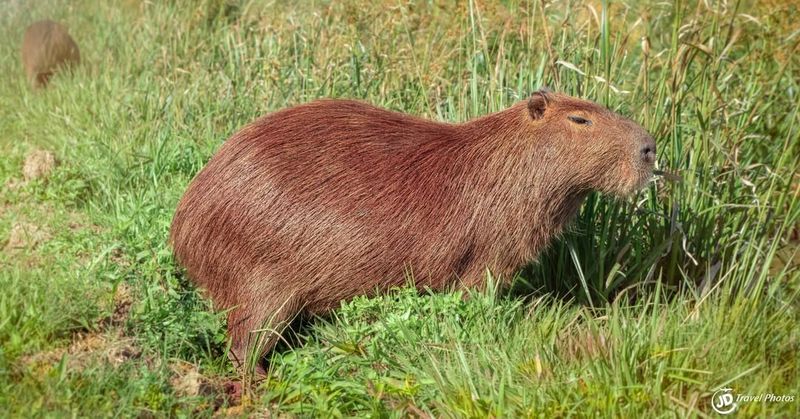
Gran Chaco, located in Argentina, presents a unique habitat that supports vibrant wildlife, including large capybara populations. This region’s rivers and wetlands are perfect for capybara colonies.
The diverse ecosystem allows capybaras to thrive, often seen grazing or swimming in groups. Their adaptability to different environments showcases their resilience.
Tourists can explore Gran Chaco through various eco-friendly tours. These adventures offer a glimpse into the complex interplay of species, with capybaras as a central highlight, making it an educational and unforgettable experience.
6. Yasuní National Park, Ecuador
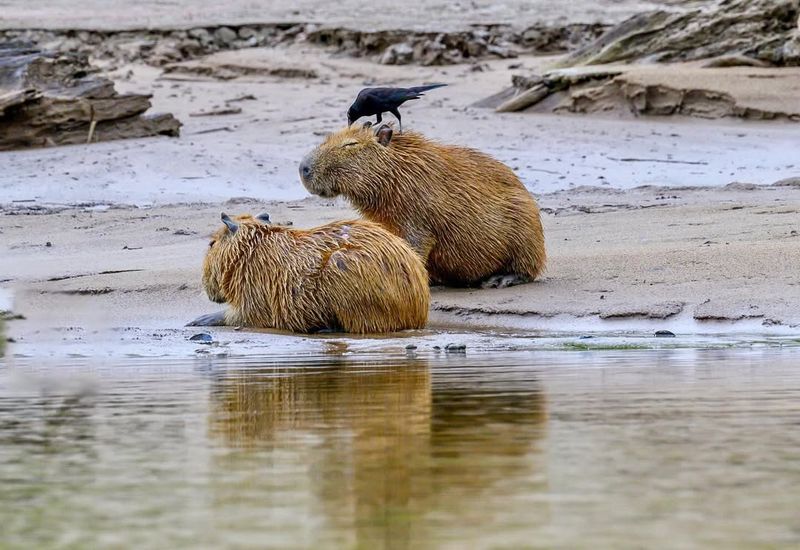
Yasuní National Park in Ecuador is a bastion of biodiversity, recognized for its vast array of species. Among its inhabitants, capybaras are a prominent feature.
This park’s lush rainforest provides capybaras with a perfect sanctuary, where they can often be spotted near water bodies. Their serene presence adds to the park’s allure.
Guided tours in Yasuní offer a chance to explore its rich habitats. These tours emphasize conservation efforts and the importance of protecting capybaras and other wildlife, providing a memorable encounter with nature.
7. Lake Titicaca, Peru/Bolivia
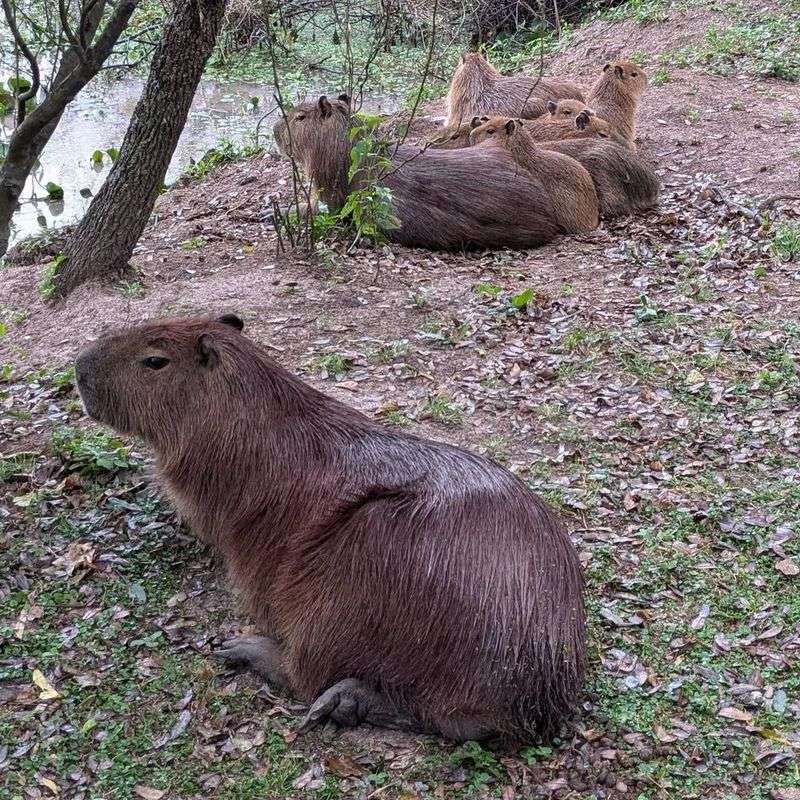
Bordering Peru and Bolivia, Lake Titicaca is the highest navigable lake in the world. Its surrounding wetlands are home to various wildlife, including capybara.
These gentle creatures are often seen grazing near the lake’s shores, adding to the region’s natural charm. Their presence is a testament to the area’s ecological richness.
Tourists can enjoy boat rides and guided tours around Lake Titicaca, offering insights into the local culture and wildlife. These experiences highlight the lake’s significance and the role capybaras play in its ecosystem.
8. Reserva Natural Otamendi, Argentina
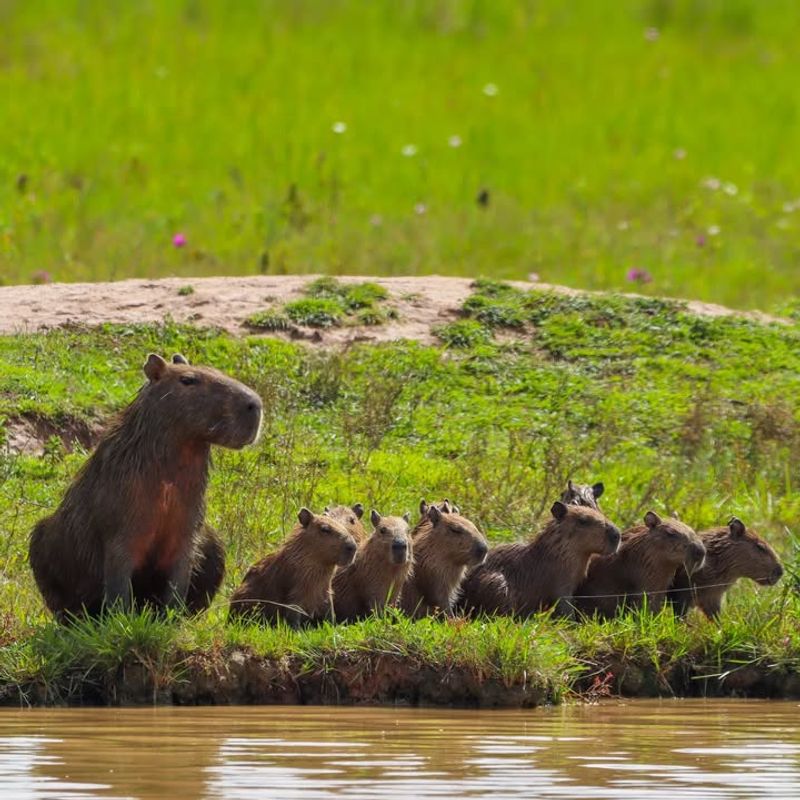
Located near Buenos Aires, Reserva Natural Otamendi is a nature reserve that offers a haven for capybaras. These wetlands are a prime spot for observing these fascinating creatures.
Capybaras here are often seen in groups, lounging or grazing by the water. Their behavior provides a glimpse into their social dynamics and natural habitat.
Visitors to Otamendi can participate in guided walks, learning about the reserve’s efforts to protect local wildlife. These educational tours enhance the experience, offering a deeper understanding of capybaras and their environment.
9. Cuyabeno Wildlife Reserve, Ecuador
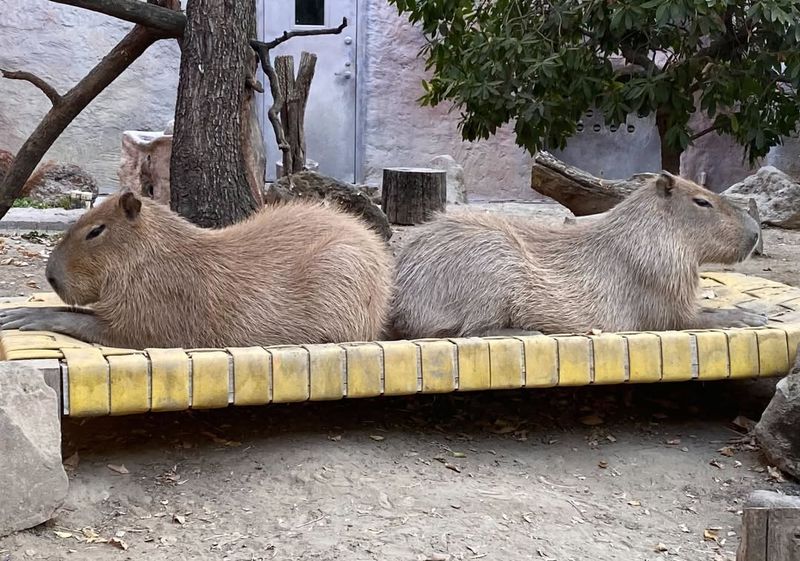
Cuyabeno Wildlife Reserve in Ecuador is part of the vibrant Amazon Basin, offering rich biodiversity and the chance to see capybaras up close.
These gentle giants are commonly found near water bodies within the reserve, often in peaceful groups. Their interactions with the environment highlight the intricate balance of the Amazon ecosystem.
Eco-tours in Cuyabeno guide visitors through its lush landscapes. Emphasizing conservation, these tours provide a unique opportunity to witness capybaras and understand their role in the broader ecological context.
10. Tierra del Fuego, Argentina
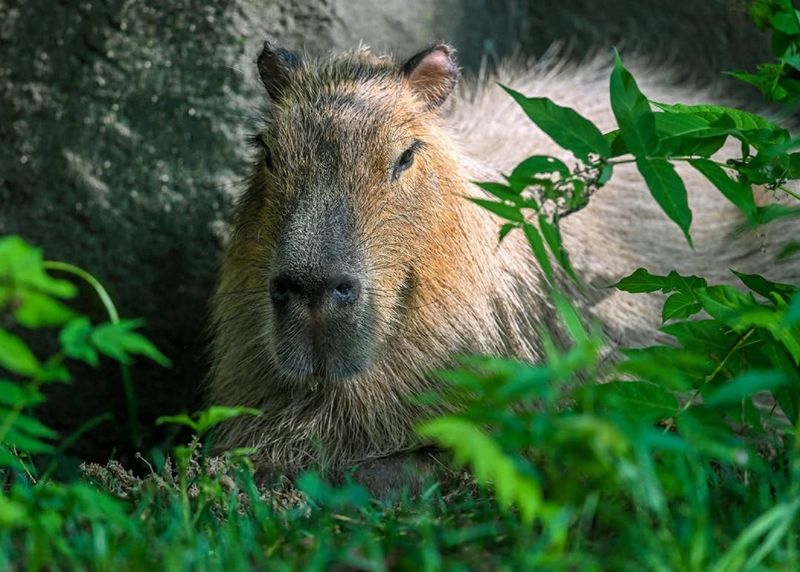
In the southernmost tip of Argentina, Tierra del Fuego offers a surprising habitat for capybaras despite its colder climate. These creatures are found in river valleys, adapting to diverse conditions.
Capybaras in Tierra del Fuego are often seen near rivers, enjoying the sun and grazing on the lush vegetation. Their presence in this region is a testament to their resilience.
Tourists can explore Tierra del Fuego through guided tours that delve into its unique ecosystem. These adventures reveal the adaptability of capybaras and other local species, enriching the travel experience.
11. Pampas del Heath, Peru
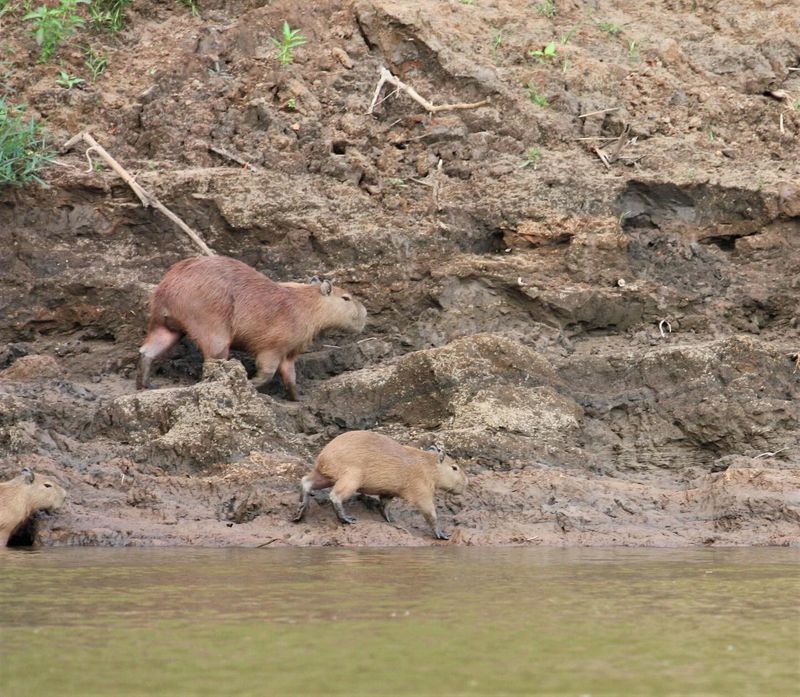
Pampas del Heath, located in Peru, is a remote area of the Peruvian Amazon. Its marshes and rivers provide an ideal habitat for thriving capybara populations.
These animals are frequently seen in groups, feeding on lush vegetation or resting by the water’s edge. Their presence indicates a thriving and balanced ecosystem.
Visitors to Pampas del Heath can join guided eco-tours, which offer insights into the unique Amazonian environment. These tours emphasize the importance of conservation and provide a chance to observe capybaras in their natural setting.
12. Ibera Wetlands, Argentina
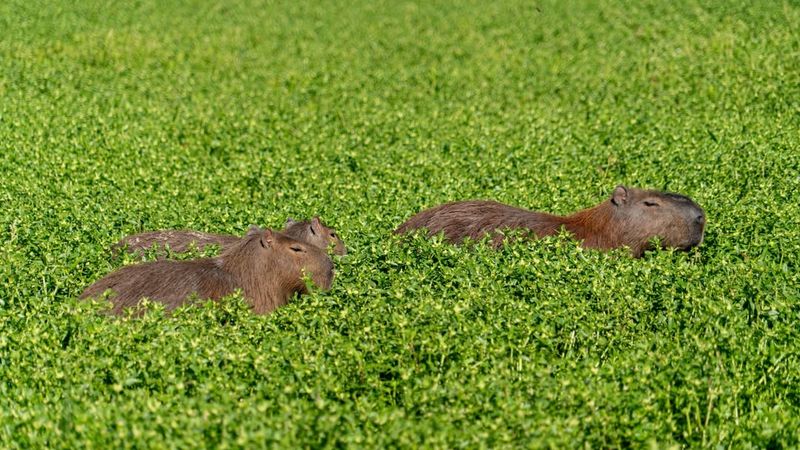
The Ibera Wetlands in Argentina are celebrated for their incredible biodiversity, including one of the largest capybara populations in the country. This vast area is a sanctuary for various species.
Capybaras in Ibera are often seen swimming or grazing, contributing to the region’s vibrant ecosystem. Their social behavior is fascinating to observe.
Guided tours in the Ibera Wetlands offer an immersive experience, highlighting the area’s natural beauty and ecological importance. These tours encourage appreciation for capybaras and other wildlife, fostering a connection with nature.


